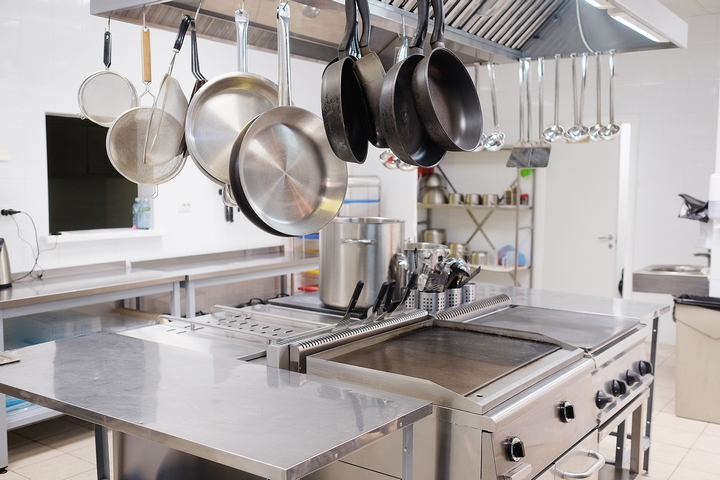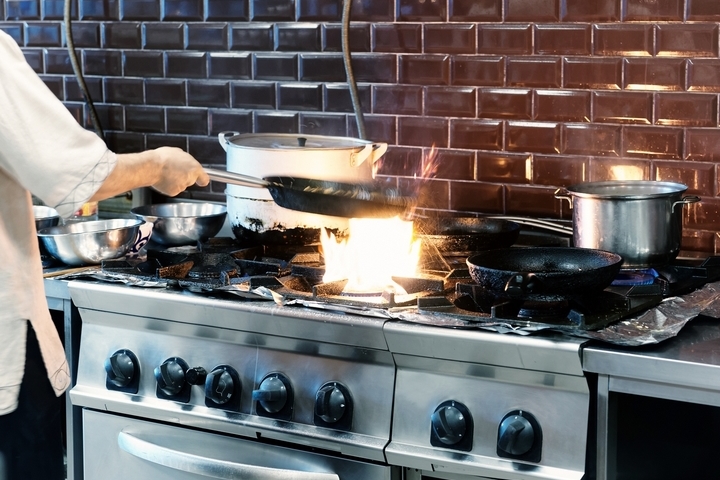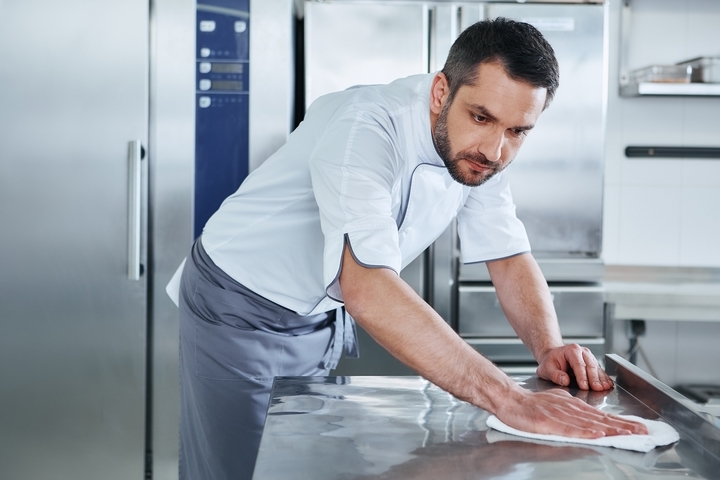There are certain businesses that are central to our everyday experiences. Gyms can be considered to be one of them, in order to stay in shape as much as possible. Grocery stores can be another, in order to get our hands on the food items we need each day. However, for virtually any purpose, restaurants are fundamental to our lives.
By simply heading inside and ordering accordingly, we are given the chance to mingle with loved ones over a meal. The magic of the restaurant, however? That usually occurs behind-the-scenes, inside of the kitchen. How do kitchens run their operations, in order to maximize the guest experience?
Here are the different processes that explain how restaurant kitchens work in better detail:
1. Kitchen Anatomy

All restaurants will be comprised of various components, each of which are vital to its own success. How restaurant kitchens work may vary based on its unique structure. In the most basic of senses, a kitchen is divvied up between three key staff members.
The first is the chef, who will oversee and prepare dishes accordingly along with their team. Dishwashers are also vital, who will ensure that all serving materials are cleaned, along with other pieces of equipment. Finally, the kitchen will also include various helpers. These miscellaneous staff will assist in the day-to-day operations of the kitchen in full scope.
2. Restaurant Brigade System

Although the name comes with some militaristic connotations, it can be attributed to kitchen operations. Most restaurant kitchens operate under the brigade system, which helps with how orders are processed. Waiters from inside the restaurant will come to kitchen, and give the head chef a ticket.
The head chef will then read this order out loud to all pertinent staff, to which preparation will begin. If it is a highly structured order, each relevant party will work on that part of the meal. The waiters will serve each guest with filler dishes, in order to give the kitchen more time to cook. It is an extremely efficient process, which takes time to learn and implement.
3. Kitchen Stations

Every kitchen will have various stations for workers to conduct their duties at. Each station is equipped with an assortment of commercial kitchen equipment. Depending on the needs of the restaurant, some stations will be more common than others. For instance, a pizzeria will have dedicated pizza stations somewhere inside. This will generally be comprised of a wood oven of some sort nearby.
On the other hand, fast-food restaurants will see a heavy presence of fry stations. Fryers are used for orders such as fried chicken meals. These popular orders necessitate the use of more than one fryer, in order to maximize efficiency within the given kitchen.
4. Meal Orders

Restaurants will generally use the brigade system, to make operations a bit smoother. However, depending on the menu, some orders may be pre-processed, while others must be made as they are ordered. For pre-processed meals, a kitchen will typically make these prior to them being ordered.
Salads are a common example of this type of meal order. Ordered meals require more delicacy, and, as a result, have to be prepared immediately. The brigade system is heavily used in the preparation of these types of orders. In some instances, ordered meals may be prepared at the same time as others. The kitchen has to be very coordinated for this to occur without mistakes!
5. Prioritizing Orders

Even though it might seem basic to an experienced kitchen team, prioritizing meal orders can still be a challenge. In order to save precious time, orders are processed in terms of how urgent they are. One key indicator of what dish should be prepared first is the time. Some orders are less laborious to create.
These orders, such as appetizers, will be given to a sous chef and other team members. The head chef, in the meantime, will be working on the main course. All of this must be communicated effectively, in order for the meals to be given to the waiter when needed.
6. Tidying Up

As guests finish their meal and leave the restaurant, waiters will bring their used dishes to the kitchen. The dishwashers are crucial for this step of the process. They will first get rid of any leftovers on the dish, before proceeding to placing them in the dishwasher. Depending on how big the restaurant is, there may be multiple dishwasher stations to be used.
7. Cleaning Restaurants

Not only is cleaning up important for the end of the day’s operations, it must be a continuous exercise. Maintaining a clean kitchen is critical, so that unwarranted accidents can be mitigated as much as possible.
Kitchen operations take time to get used to, especially for newer staff members. However, once everything is in full swing, it will be a seamless experience for all involved. Effective communication, along with teamwork, leads to success every time!




